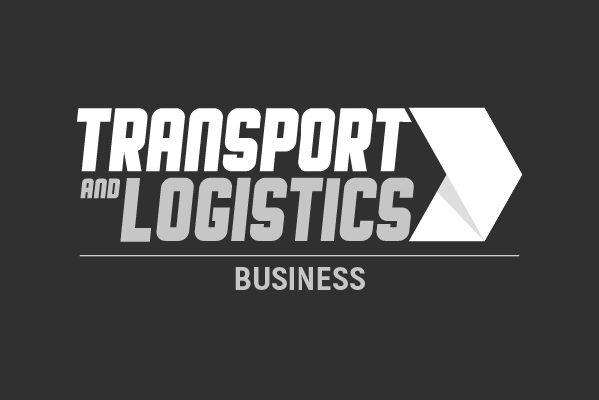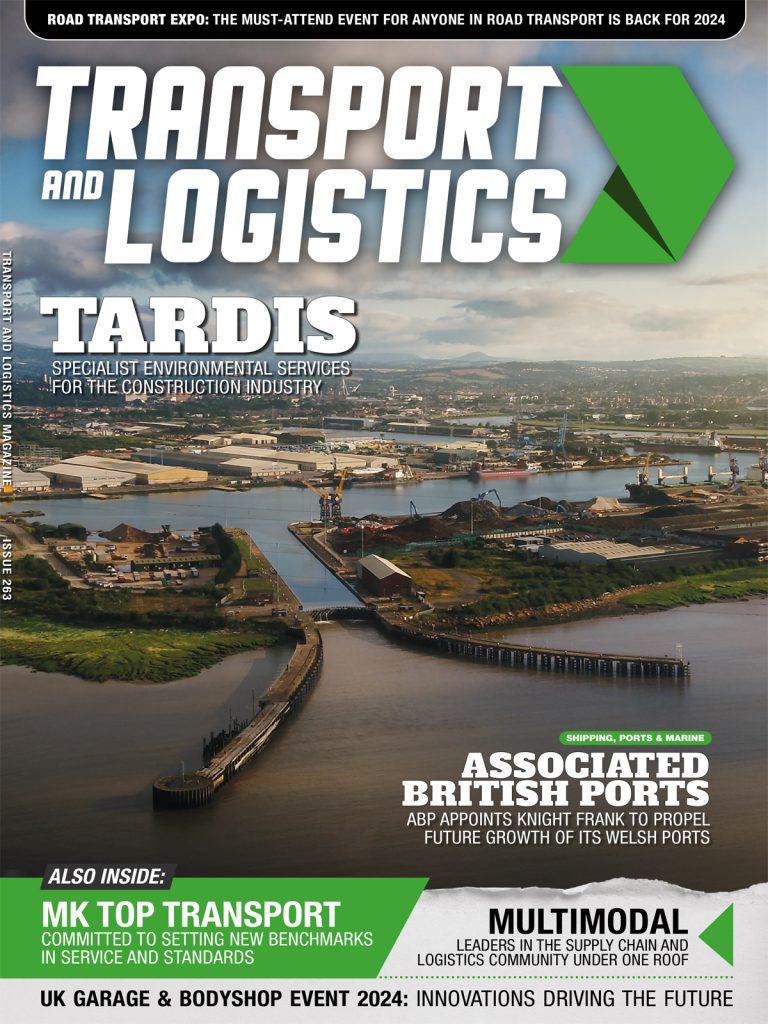This week’s data suggest that pressure on Europe-bound logistics networks is dissipating but is still well above pre-pandemic levels. The Matrix shows the sentiment indicators, which provide a guide to future behaviour, suggest less pressure on networks, though retail sales have yet to drop to pre-pandemic levels and inventories are still not fully refilled.
Demand metrics
- Consumer and Industrial Confidence: At -22.2 in May (10–year average -9.9) consumer confidence in the EU was the lowest since the early-pandemic low of April 2020. The slide likely reflects the inflationary concerns flagged above as well as uncertainties caused by the conflict in Ukraine. Lower consumer confidence portends lower spending and hence reduced pressure on logistics networks.
- Retail Sales: EU retail sales, expanded rapidly during the pandemic in response to diverted consumer spending from services and a desire to improve home living conditions. As of April 2022 sales excluding autos, food, and fuel were still 10% above April 2019 levels in real (i.e. inflation adjusted) terms, though a 1% month-on-month dip suggests sales have plateaued. Broadly speaking a significant decline in real retail sales on a seasonally adjusted basis in the order of 5% or more will be needed to reduce pressure on logistics networks.
- Stocks of Finished Goods: We track corporate assessments of finished goods availability, which There’s a marked difference by country which largely reflects the relative importance of capital and consumer goods. Inventories in the Netherlands, which reflects commercial and consumer goods, have remained in sufficient territory. Capital-goods-centric Germany is still well-below sufficient levels as well as being more cyclical.
Activity metrics
On the activity side the deflated trade activity, which includes non-containerised sea-freight and air-freight, is steadily returning to pre-pandemic levels, suggesting reduced pressure. Yet, shipping rates remain elevated and logistics timeliness remains worse than the pre-pandemic period.
- Deflated Trade: The nominal value of imports climbed by 19.9% year over year in April. Once deflated by import price inflation, the real value of imports fell by 8.2% on a year over year basis, marking the fourth straight monthly downturn. That also left the real value of imports 1% below the same month in 2019, suggesting that a significant part of the pressure on networks may already have lifted.
- China-to-Europe Shipping Rates: Container shipping rates from China to Europe, including both Northern Europe and Mediterranean ports, are already 9% below their February 2022 peaks as of the four-weeks to June 17. A decline in April has since stalled, perhaps indicating uncertainty about the impact of factory closures in Asia and the prospects for reduced demand during the forthcoming peak season. Rates are nonetheless still 5.2x their levels of early 2019, suggesting market prices still include fundamentally different expectations for services demand and availability of vessels compared to the pre-pandemic period.
- Ocean Freight Handling Times: Flexport’s Ocean Timeliness Indicator for Far East Westbound (FEWB) routes for shipping from cargo-ready in Asia to destination-port departure in Europe has declined to 95 days from a peak of over 120 days at the start of April. The time taken is nonetheless still 90% longer than at the end of 2019 suggesting continued pressure on networks versus the pre-pandemic period.
- Air Freight Handling Times: There’s been little change in flight times, despite disruptions caused to long-haul routes resulting from the conflict in Ukraine, with ground handling and delivery being the main constraints. The outlook is somewhat uncertain given the recent lockdowns in Asia and rising industrial action risks in Europe.
Transport and Logistics Magazine | The Home of Transport Industry News














